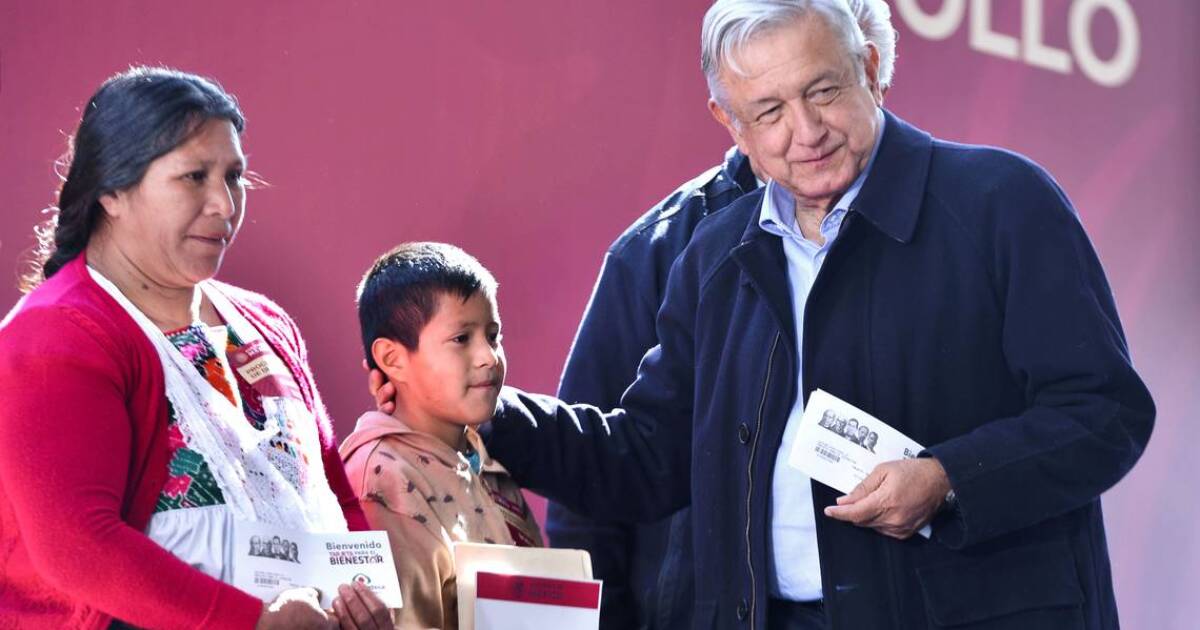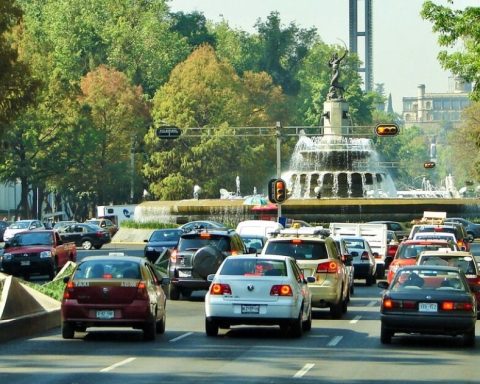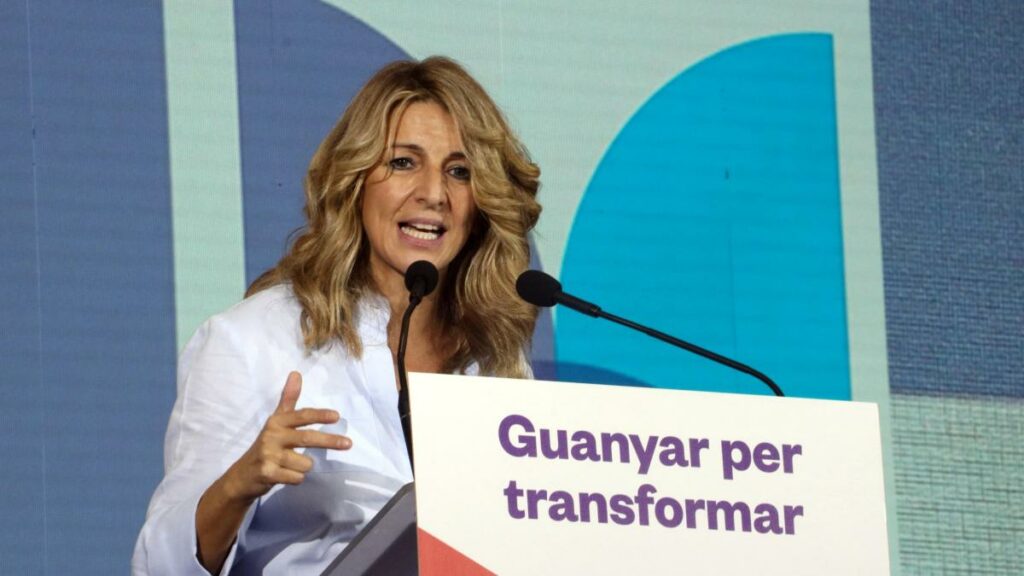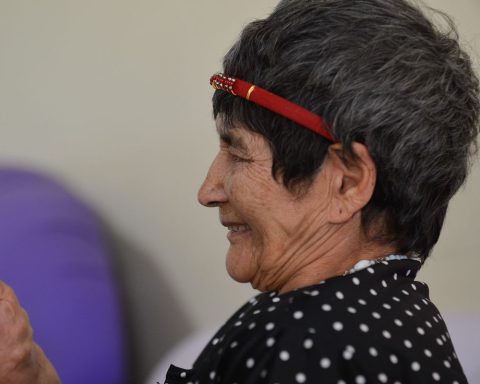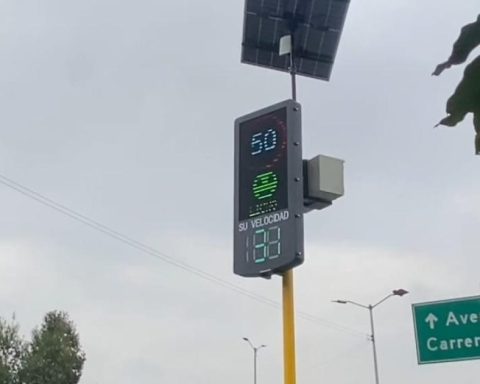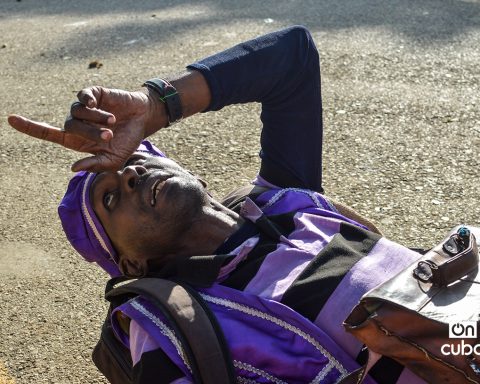And, although in 2020 the impact of these initiatives in improving the income of the poorest people decreased, Dr. Nabor Cruz maintains that, without social programs, poverty would have increased in a greater proportion.
“This increase in the levels of multidimensional poverty that we had from 2018 to 2020, since we went from 41.9 to 43.9% of the population in a situation of multidimensional poverty at the national level, is clearly contextualized by the pandemic”, he refers.
When estimating poverty levels without the effect of social programs, the results show that they would have grown by four percentage points, that is, double what they rose.
(Photo: Dulce Soto / Political Expansion)
“We are talking about just over 7 million people, when from 2018 to 2020 it was actually 3.8 million people. So, at least in 2020, what we can say is that the social programs of the three levels of government contained the impact, in terms of poverty due to covid, that was not much greater than expected ”, he underlines.
But it will be in August 2023 when it will be confirmed whether the social programs have been effective in a different context: without confinements due to the Covid-19 pandemic, with a job recovery, although slowed down by inflation and the rise in prices of some basic foods. . In that month, Coneval will present its poverty estimates for the year 2022, after Inegi publishes the National Household Income and Expenditure Survey (ENIGH).
“After the strong shock we had, in terms of multidimensional poverty and working poverty during 2020, there has been a recovery process, but in terms of multidimensional poverty, we will have to wait now for August to see the balance we have,” he points out.
